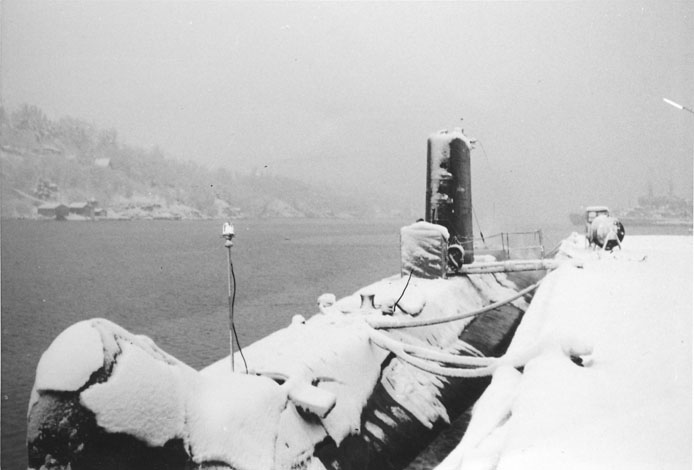Over fifty years ago, the French submarine La Minerve disappeared with 52 crew members onboard. After all this time, they finally found it again.
In January of 1968, La Minerve was on a military exercise when it disappeared. Relatives of the crew members pressured the authorities to make another search for the sub this year using modern technology.
Ici reposent nos 52 camarades disparus le 27 janvier 1968. pic.twitter.com/u194eOep4M
— Chef d’état-major de la Marine (@amiralPrazuck) July 22, 2019
The search crew reviewed the weather and tide data from the time of the accident. The French Alternative Energies and Atomic Energy Commission studied seismic data from the time of the wreck to help reduce the search area.
The French Navy’s Hydrographic and Oceanographic Service also provided scientific direction to aid the search. They also used equipment to map the tides and currents in the Mediterranean and created models from the information.
According to a senior French naval officer, the sub was discovered by a boat named Seabed Constructor. It is operated by a US company named Ocean Infinity. It found the submarine at a depth of 2,370 meters. It was located 27 miles from Toulon, the site of a French naval base.
Nous avons retrouvé la Minerve. pic.twitter.com/6hOUOs64Nw
— Chef d’état-major de la Marine (@amiralPrazuck) July 22, 2019
The Seabed Constructor relied on the initial mapping of the sea bed by the L’ Institut Français de Recherche pour l’Exploitation de la Mar.
The French defence minister, Florence Parly, stated that the discovery was “a success, a relief and a technical feat.” She went on to state that it was her hope that the discovery would allow people to mourn and called for a commemorative ceremony at sea for the families of the sailors who went down with the ship.
The French navy has stated that the wreckage will be left where it is to serve as the sailors’ final resting place.
La Minerve was a 980 ton diesel electric submarine. It disappeared in the Gulf of Lion which is a large bay between the coasts of Spain and France in the Mediterranean Sea.
It took just four minutes for La Minerve to sink. The cause of the wreck has never been determined. The families of the crew are hopeful that they can learn what caused it to sink now that it has been found.
The son of the ship’s commander, André Fauve, said that many people encouraged him in insisting that the search be carried out but inwardly they were doubtful the sub would ever be found.
La Minerve reportedly broke into three pieces as she sank. Seabed Constructor used underwater drones to find the wreck site on Sunday. The first three letters of the ship’s name were clearly visible on one of the pieces found.
Some believe that La Minerve experienced problems with her rudder before she sank. It was involved in a military exercise with an airplane when it disappeared. No alarm was raised until the sub did not return the next day.
About 20 vessels and aircraft attempted to find the sub after it disappeared. Among the vessels used by the search team was the diving vessel that Jacques Cousteau used.
They find a French submarine lost 50 years ago in the Mediterranean
The French submarine ‘La Minerve’, missing in 1968 with 52 crew on board, was found in front of the beaches of Toulon, in southeastern France. pic.twitter.com/dl2Xo4IwXc
— Moises Lopez (@chapoisat) July 22, 2019
Last year, the Seabed Constructor found the San Juan, an Argentinian submarine which had sunk off the coast of Argentina. The San Juan had gone missing in November of 2017 with 44 crew members on board. The Seabed Constructor found her under 3,000 feet of water about 323 nautical miles east of Comodoro Rivadavia in the Atlantic Ocean.
It locates these wrecks using remote drones and onboard sensors which allow it to map the ocean floor and identify items lying at the bottom of the sea. The 377-foot long ship is known as a “multi-purpose offshore vessel.
The autonomous underwater vehicles on the Seabed Constructor are known as HUGIN robotic submarines. They move information to scan the seabed anywhere from 16 to 19,685 feet deep. The HUGIN robots each have side-scan sonar, HD camera and a sythetic aperture sonar. They continuously send data to the ship on the surface where computer software analyzes the data and finds objects of interest in near real time.
Another Article From Us: Wreck of Soviet-Era Submarine Wreck Leaking High Radiation
